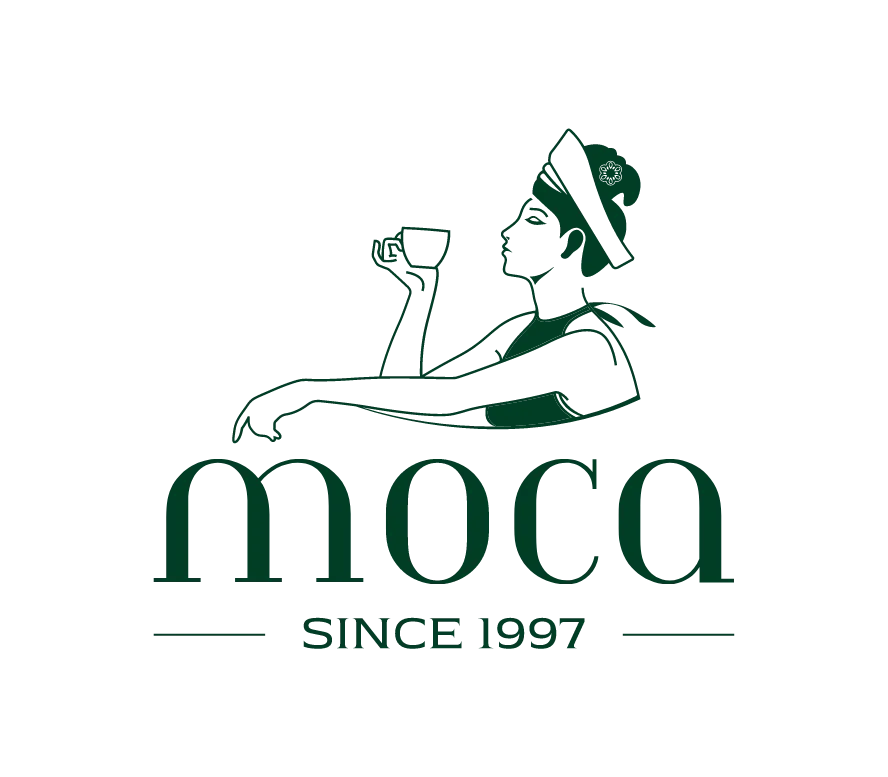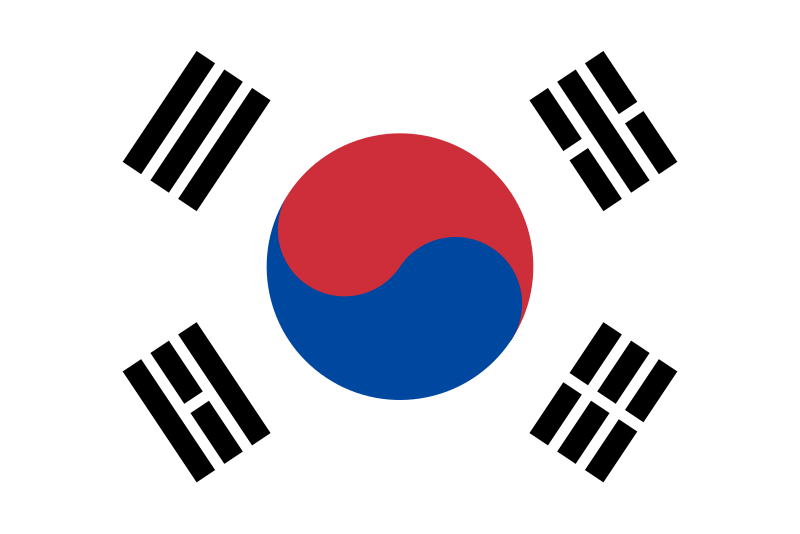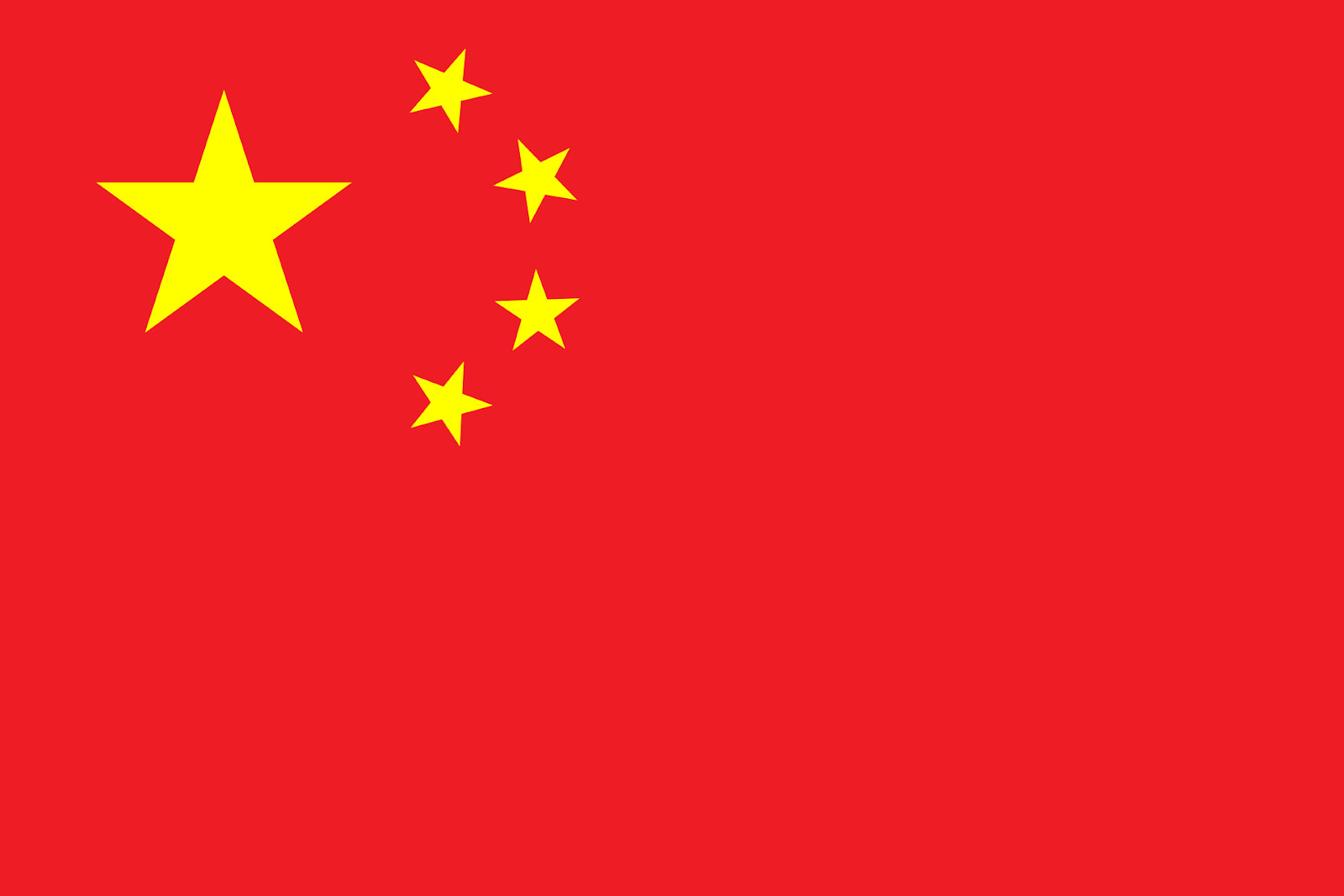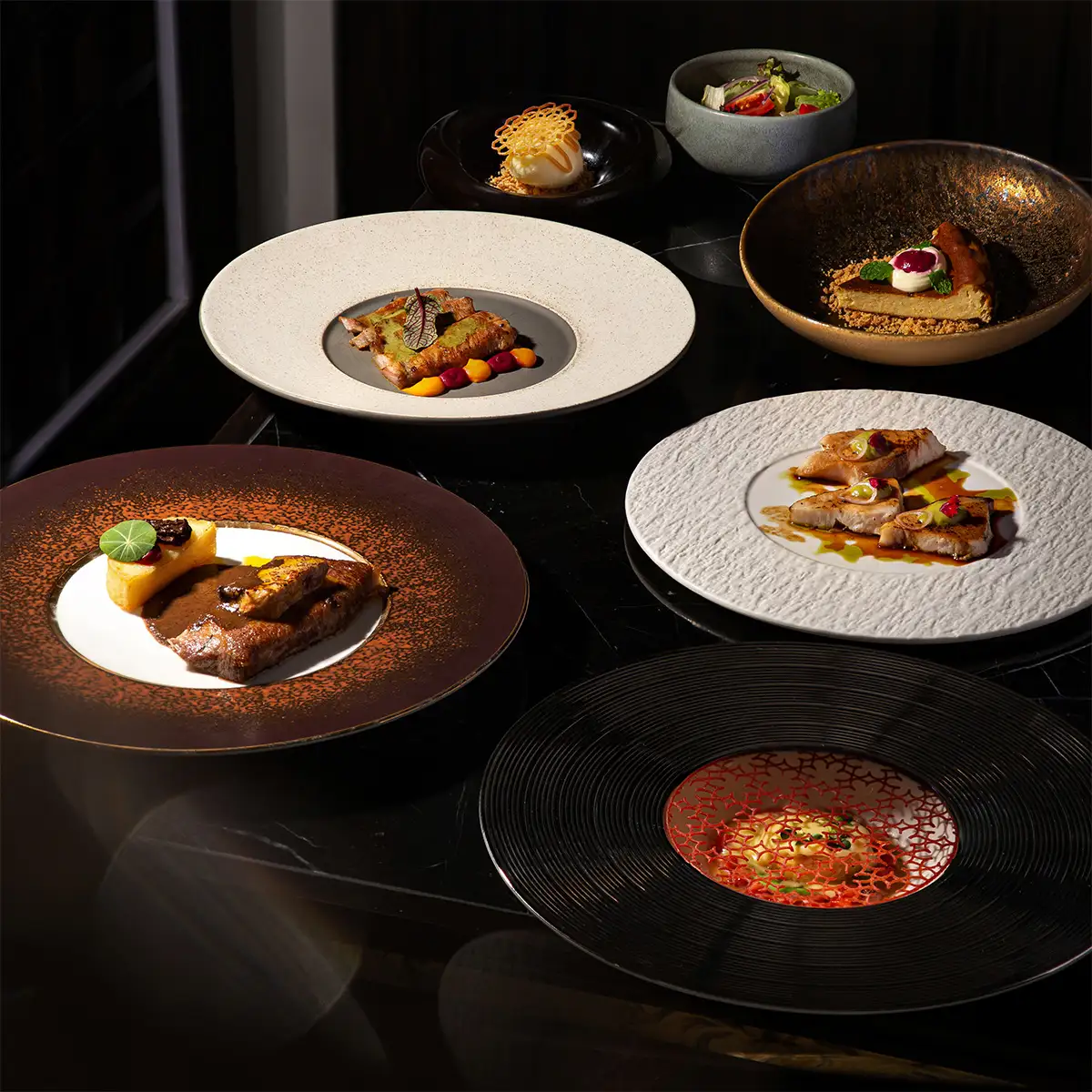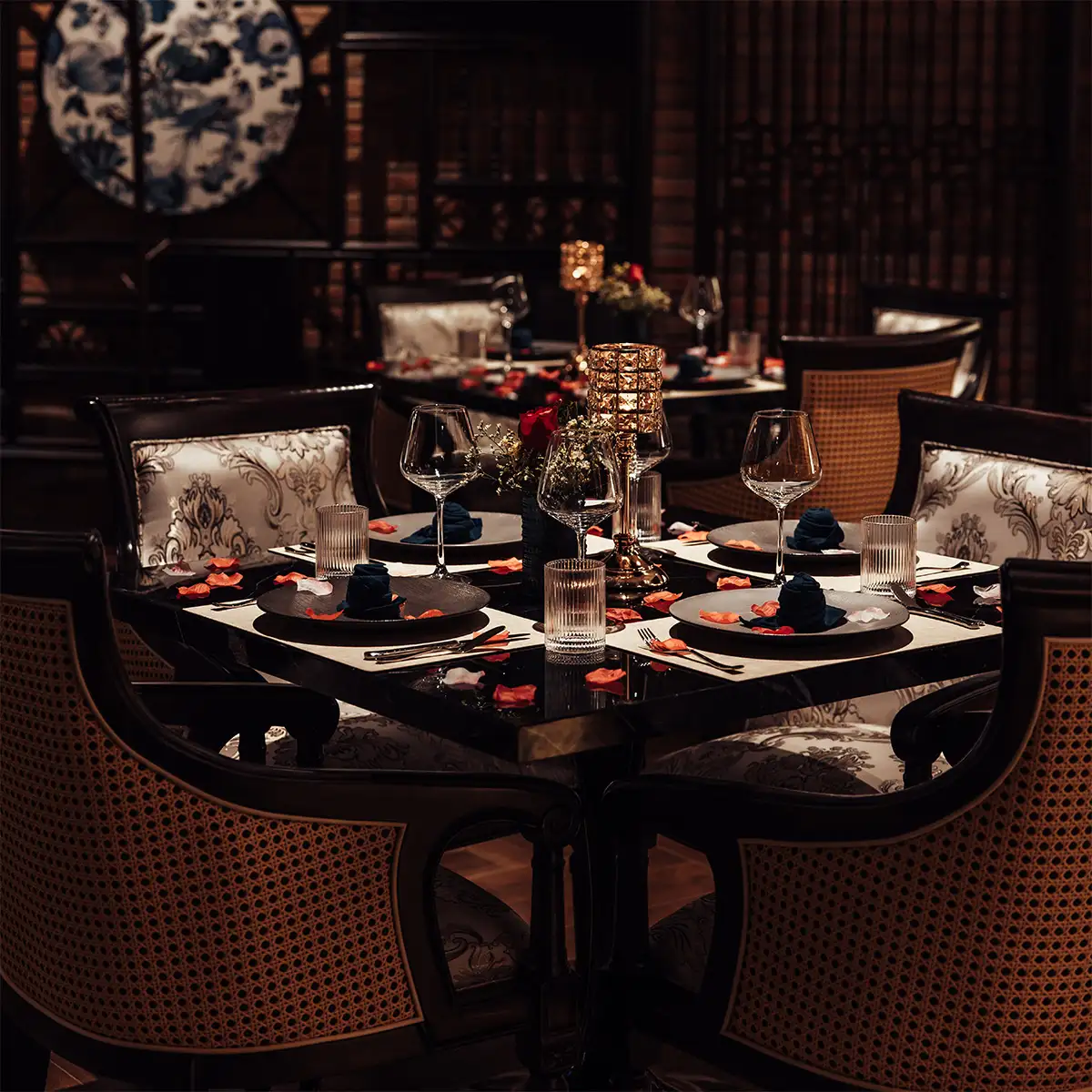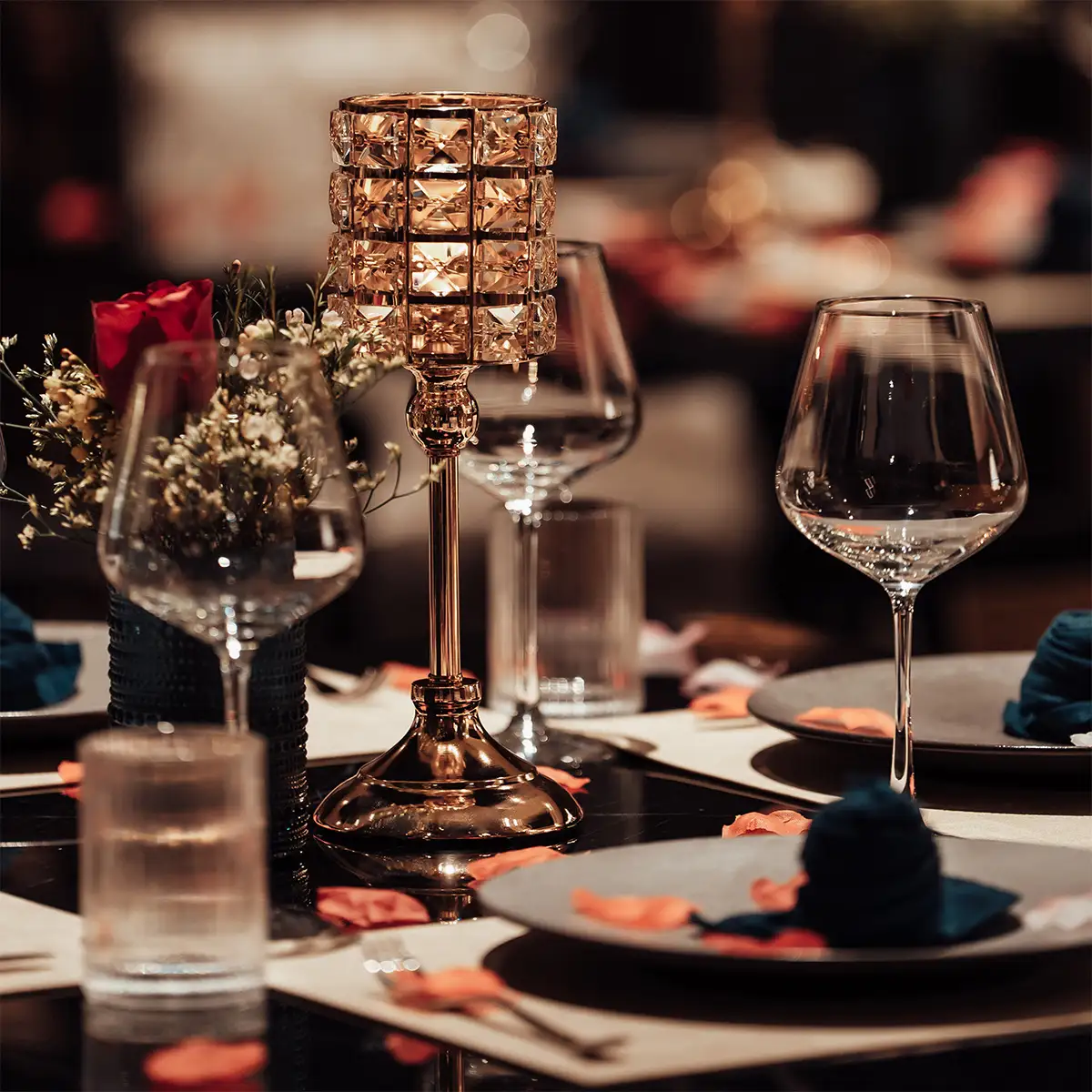- 1. Overview of the michelin guide and michelin stars
- 2. List of michelin star restaurants in Vietnam (Latest Updates)
- 2.1 Hibana by Koki
- 2.2 Tam Vi
- 2.3 Gia
- 3. Detailed reviews of dining experiences at michelin star restaurants
- 4. Secrets to achieving a michelin star
- 5. Impact of michelin stars on Vietnam's tourism and culinary industries
In the culinary world, the Michelin Star is not just a prestigious symbol but also a dream pursued by thousands of chefs and restaurants worldwide. Often referred to as the "Oscars of the culinary industry," Michelin Stars represent excellence and relentless dedication to providing the finest dining experiences for customers. With a rich history and unique traditional values, the recognition of Vietnamese restaurants in the list of Michelin star restaurants in Vietnam is not only a source of pride but also an opportunity for Vietnamese cuisine to shine on the global culinary map.
Undoubtedly, food enthusiasts are curious about which establishments have earned the title of Michelin star restaurant in Vietnam and the rigorous standards they have met. Let’s embark on this journey to uncover the fascinating world of Vietnam Michelin Star restaurants and their remarkable stories.
1. Overview of the michelin guide and michelin stars
The Michelin Guide stands as one of the most respected and influential benchmarks in the global culinary industry. Originally introduced in 1900 by the Michelin tire company in France, the guide was initially designed to encourage drivers to travel, thereby boosting tire sales. Over time, it evolved into a trusted resource for food enthusiasts, featuring restaurant recommendations and awarding the coveted Michelin Stars to exceptional establishments.
The journey of the Michelin Guide began as a practical booklet offering maps, travel tips, and dining suggestions. However, in 1926, it took a transformative turn by introducing its first star rating to highlight fine dining establishments. By 1931, the now-famous three-star system was established, with each star denoting a different level of excellence:
- One Star: A very good restaurant in its category.
- Two Stars: Excellent cooking, worth a detour.
- Three Stars: Exceptional cuisine, worth a special journey.
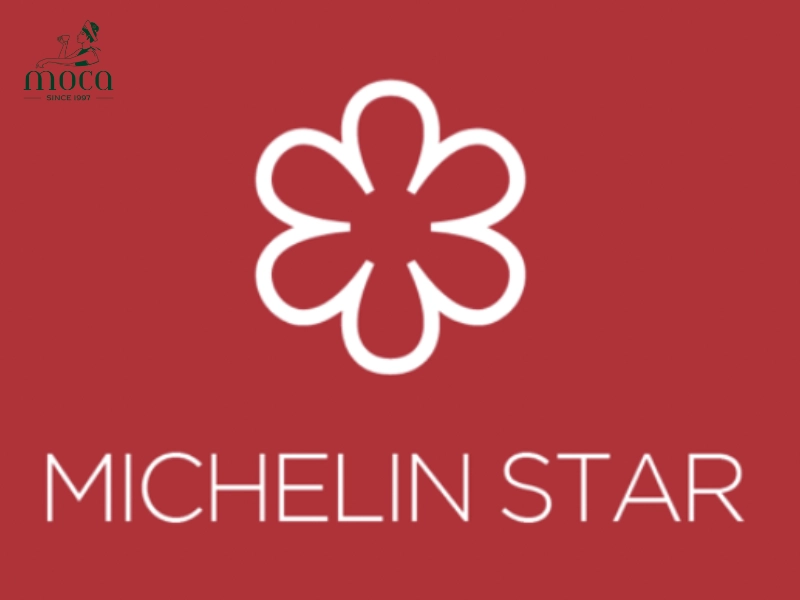
Three michelin star system with each star denoting was a different level of excellence
Since its inception, the guide has expanded globally, venturing beyond European borders into Asia, the Americas, and now, Vietnam. The arrival of the Michelin Guide in Vietnam has not only elevated the country’s culinary scene but also brought international recognition to its rich and diverse food culture.
Earning a Michelin Star in Vietnam or anywhere else is no easy feat. The Michelin inspectors evaluate restaurants based on five key criteria:
- Quality of ingredients: Restaurants must use the finest and freshest ingredients to craft their dishes.
- Mastery of cooking techniques: Precision and expertise in preparation and cooking are crucial.
- Harmony of flavors: A perfect balance of flavors is essential to delight the palate.
- Chef's personality expressed in cuisine: The dishes should reflect the creativity and unique vision of the chef.
- Consistency: The restaurant must deliver the same level of excellence over multiple visits.
Unlike many other awards, the Michelin Guide focuses solely on the food, disregarding external factors like decor or service unless they enhance the dining experience. This rigorous approach sets it apart from other culinary accolades.
The Michelin Stars signify varying degrees of excellence:
- 1 Star: Highlights a restaurant that is outstanding in its category, offering high-quality dishes expertly prepared.
- 2 Stars: Reserved for establishments delivering remarkable cuisine that warrants a detour from your usual route.
- 3 Stars: The pinnacle of culinary achievement, awarded to restaurants offering extraordinary cuisine worth making a special trip to experience.
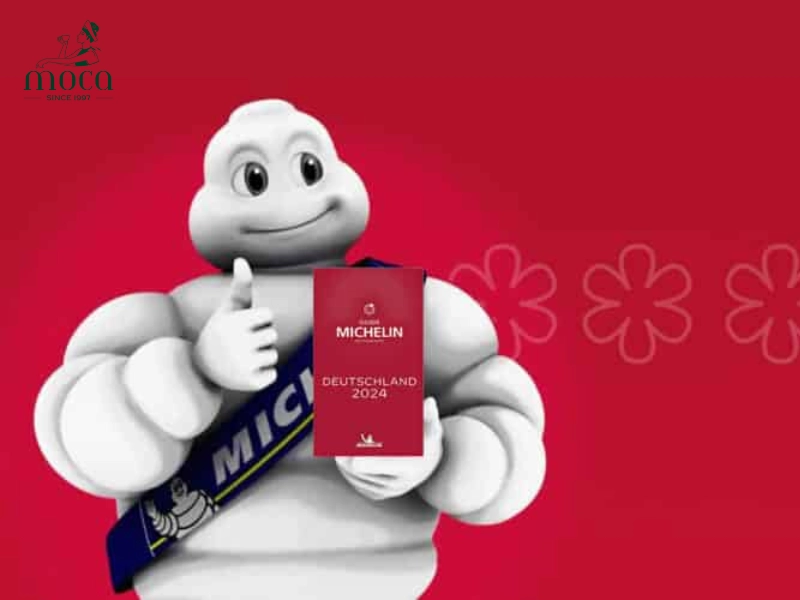
The Michelin Guide stands as one of the most respected and influential benchmarks in the global culinary industry.
Learn more: Understanding 3-Michelin-Starred Restaurants
2. List of michelin star restaurants in Vietnam (Latest Updates)
Vietnam’s culinary scene has recently garnered global attention, thanks to the arrival of the Michelin Guide and the recognition of some remarkable establishments. These restaurants have not only met the rigorous standards of the guide but have also brought the flavors of Vietnamese cuisine to a whole new level. Below are three standout restaurants that have earned their place in the Vietnam Michelin spotlight:
2.1 Hibana by Koki
Located in the luxurious 5-star Capella Hanoi Hotel, Hibana by Koki is a shining example of Japanese culinary excellence in Vietnam. Known for its meticulously crafted dishes, this restaurant takes pride in using high-quality ingredients to create unforgettable dining experiences.
The restaurant’s ambiance is equally impressive, exuding elegance and tranquility. Diners can enjoy traditional Japanese techniques such as teppanyaki, where the chefs prepare dishes right before their eyes, ensuring both quality and freshness. The delicate balance of flavors, combined with the artistry of presentation, makes Hibana by Koki a must-visit for those looking to explore a Vietnam Michelin star-worthy experience.
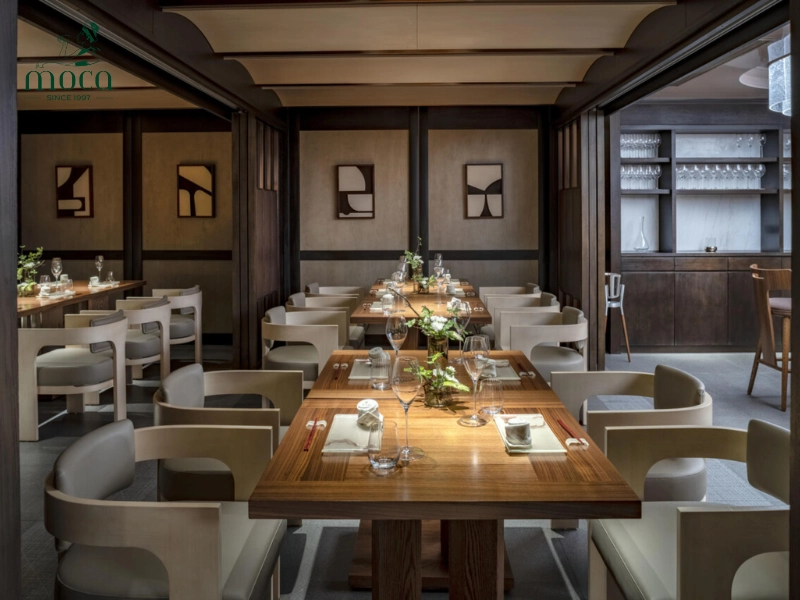
Hibana by Koki is the first Japan restaurant has 1 star michelin in VietNam
2.2 Tam Vi
For those who seek an authentic Vietnamese culinary journey, Tam Vi stands out as a gem. With a menu featuring over 100 rustic Vietnamese dishes, this restaurant captures the essence of the country’s diverse food culture.
What truly sets Tam Vi apart is its commitment to "seasonal taste," ensuring that every dish reflects the freshest and most traditional flavors of Vietnam. From hearty bowls of pho to delicate steamed rice cakes, Tam Vi offers a deep dive into the soul of Vietnamese cuisine. Its inclusion in the Vietnam Michelin guide highlights the global appreciation for the simplicity and authenticity of traditional Vietnamese food.
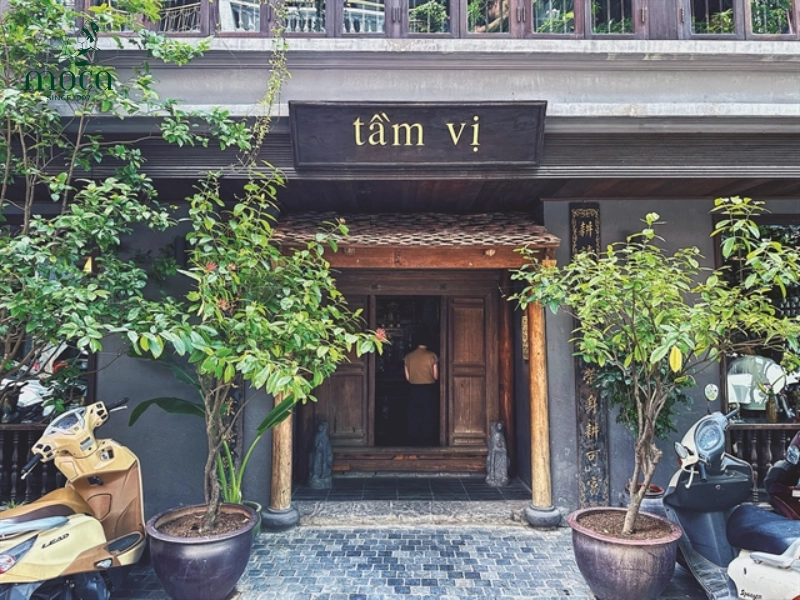
Tam Vi stands out as a gem in Vietnamese rustic dishes.
2.3 Gia
Nestled in a nearly 100-year-old ancient house, Gia is not just a restaurant but a culinary journey through time and creativity. This establishment offers a unique Tasting Menu consisting of 10 exquisite dishes, each changing according to the season.
The intimate and cozy atmosphere of Gia sets the perfect stage for diners to experience the artistry and innovation of its cuisine. The careful curation of ingredients, combined with a modern twist on traditional flavors, makes every dish a masterpiece. It’s no surprise that Gia has earned a place in the Vietnam Michelin guide, as it perfectly blends heritage with innovation.
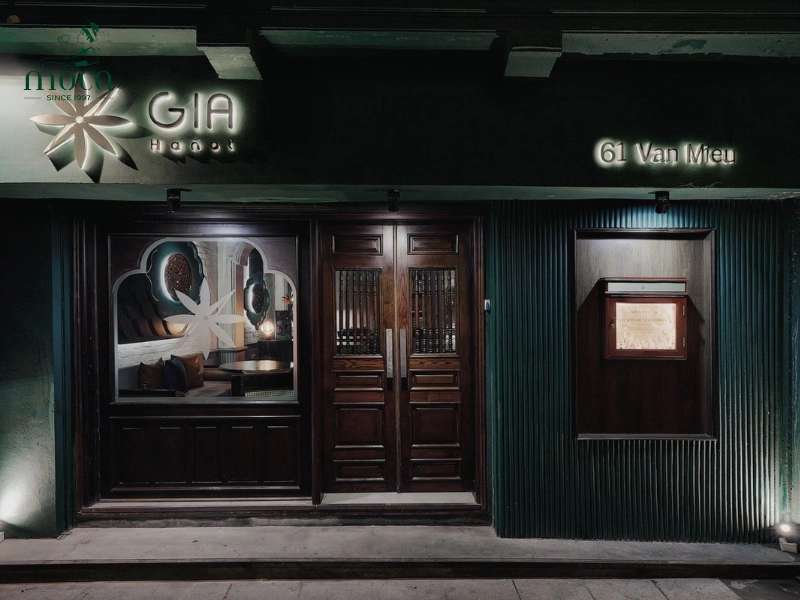
Gia is not just a restaurant but a culinary journey through time and creativity
3. Detailed reviews of dining experiences at michelin star restaurants
Dining at a Vietnam Michelin star restaurant is not just a meal—it’s a journey through craftsmanship, flavors, and artistry. Each restaurant brings its own unique interpretation of culinary excellence, providing diners with unforgettable experiences. Below, we delve into the signature dishes, quality of ingredients, cooking techniques, and overall ambiance of these exceptional establishments.
Hibana by Koki
As a standout in the Vietnam Michelin guide, Hibana by Koki delivers an extraordinary Japanese dining experience. The restaurant showcases signature dishes like A5 Wagyu beef teppanyaki, where the tender, marbled beef is cooked to perfection right in front of diners. Another highlight is their Hokkaido scallops, which are delicately seared to preserve their natural sweetness.
The quality of ingredients is impeccable, with many sourced directly from Japan to ensure authenticity. Cooking techniques are a masterpiece in themselves, with chefs employing traditional Japanese methods, such as precise knife work and grilling, to enhance the natural flavors of each ingredient.
The presentation of dishes at Hibana by Koki is both elegant and artistic, carefully arranged to reflect the harmony of Japanese culinary philosophy. The restaurant's tranquil ambiance, paired with attentive and discreet service, elevates the entire dining experience, making it deserving of its place in the Vietnam Michelin guide.
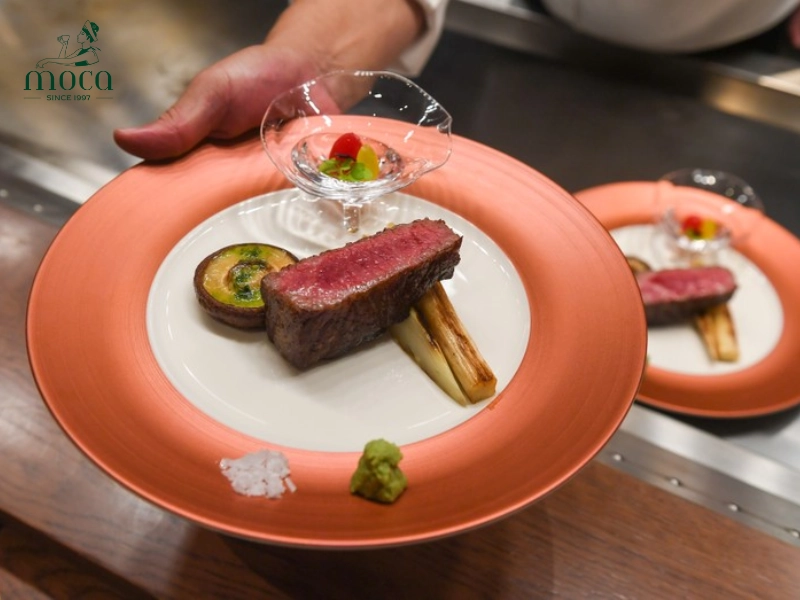
The Hibana by Koki showcases signature dishes like A5 Wagyu beef teppanyaki
Tam Vi
For lovers of authentic Vietnamese cuisine, Tam Vi offers a comforting yet refined dining experience. Among its most praised dishes is the Bánh Cuốn Tôm Cháy, a delicate rice roll filled with shrimp and topped with crispy shallots. Another must-try is their Canh Chua Cá, a traditional Vietnamese sour fish soup that perfectly balances sweet, sour, and savory flavors.
The emphasis on seasonal ingredients ensures that every dish bursts with freshness and authenticity. The cooking techniques at Tam Vi highlight the simplicity and purity of Vietnamese cuisine, allowing the natural flavors of the ingredients to shine.
The rustic yet sophisticated setting of Tam Vi, combined with its warm and accommodating staff, provides a cozy and genuine representation of Vietnamese hospitality. It’s no wonder this charming restaurant has earned recognition in the Vietnam Michelin guide.
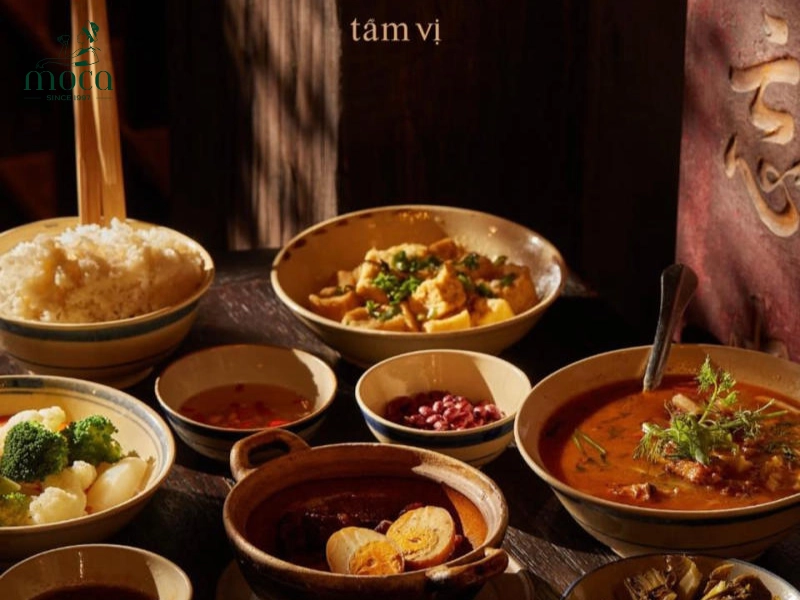
Tam Vi brings a warm feeling with traditional Vietnamese dishes
Gia
For a more avant-garde culinary experience, Gia provides a creative and seasonal Tasting Menu that constantly evolves. One of the standout dishes is their Seasonal Mushroom Confit, which showcases locally sourced mushrooms cooked to perfection and paired with a rich umami sauce. Another highlight is the Sea Urchin and Caviar, a luxurious dish that combines bold flavors with exquisite presentation.
The quality of ingredients at Gia is unparalleled, with a focus on sustainability and local sourcing. The chefs are masters of modern cooking techniques, blending traditional Vietnamese flavors with contemporary elements to create dishes that are as innovative as they are flavorful.
The ambiance at Gia is intimate and inviting, set in a nearly 100-year-old heritage house. The unique space creates a warm atmosphere, while the attentive service ensures that diners feel both welcomed and pampered. This commitment to excellence solidifies Gia’s position in the Vietnam Michelin guide as a destination for culinary artistry.
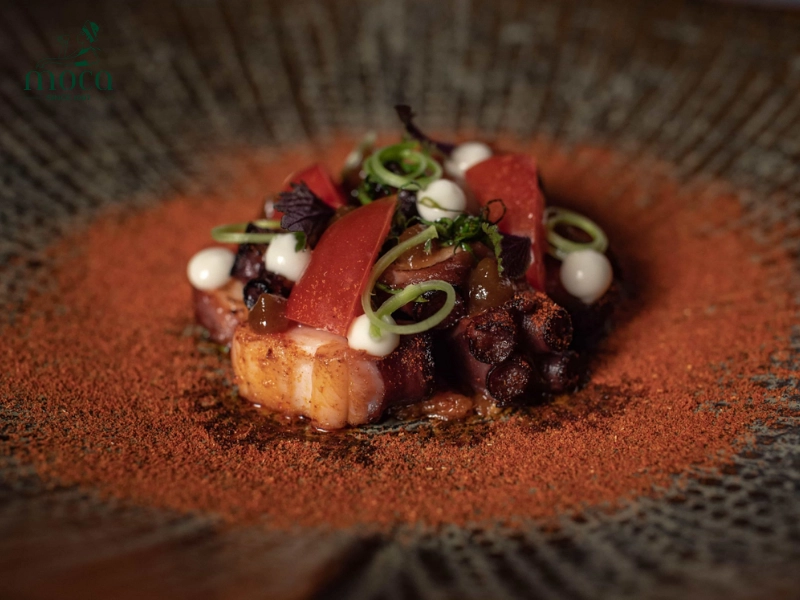
Vietnamese identity through fine cuisine at Gia Restaurant
Learn more: Michelin Star Plating Techniques: A Comprehensive Guide to Culinary Artistry
4. Secrets to achieving a michelin star
Earning a Michelin Star is a monumental achievement for any restaurant, representing the pinnacle of culinary excellence. For the restaurants featured in the Vietnam Michelin guide, this accolade reflects years of dedication, creativity, and an uncompromising commitment to quality.
Key factors that help a restaurant achieve a michelin star
- Unwavering quality of ingredients: One of the most critical aspects of achieving a Michelin Star is the consistent use of exceptional, high-quality ingredients. Restaurants in the Vietnam Michelin star restaurants list prioritize sourcing the finest produce, often using local and seasonal ingredients to highlight freshness and authenticity.
- Mastery in cooking techniques: A chef’s ability to perfectly execute both traditional and contemporary cooking techniques is another vital element. Whether it’s the precision of Japanese teppanyaki at Hibana by Koki or the modern twists on Vietnamese dishes at Gia, the mastery of techniques ensures that every dish is crafted to perfection.
- Harmony of flavors: Every dish in a Vietnam Michelin star restaurant must achieve a delicate balance of flavors. This means harmonizing sweet, sour, salty, bitter, and umami components to create a memorable taste experience.
- Chef’s personality reflected in the cuisine: A key differentiator for Michelin Star restaurants is the unique personality and vision of the chef, which is often expressed through their dishes. At Gia, the tasting menu reflects the chef’s creativity and seasonal inspirations, providing diners with a personalized and innovative journey through Vietnamese flavors.
- Consistency across every visit: Consistency is a hallmark of any Michelin Star restaurant in Vietnam or around the world. From the first bite to the last, diners should experience the same level of quality and excellence, whether it’s their first or tenth visit. This consistency is what builds trust and earns respect from both diners and critics.
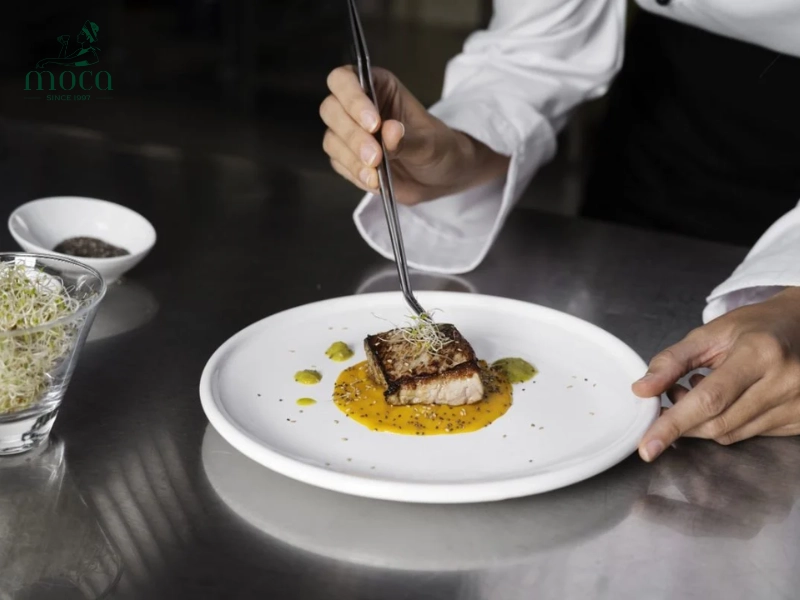
Secrets to achieving a michelin star
Insights from successful chefs and restaurant owners
- Chef Hiroshi Yamaguchi (Hibana by Koki): Chef Yamaguchi emphasizes the importance of attention to detail, from the selection of ingredients to the preparation and presentation of dishes. He believes that “every plate served should tell a story,” which resonates deeply with diners seeking an authentic Vietnam Michelin experience.
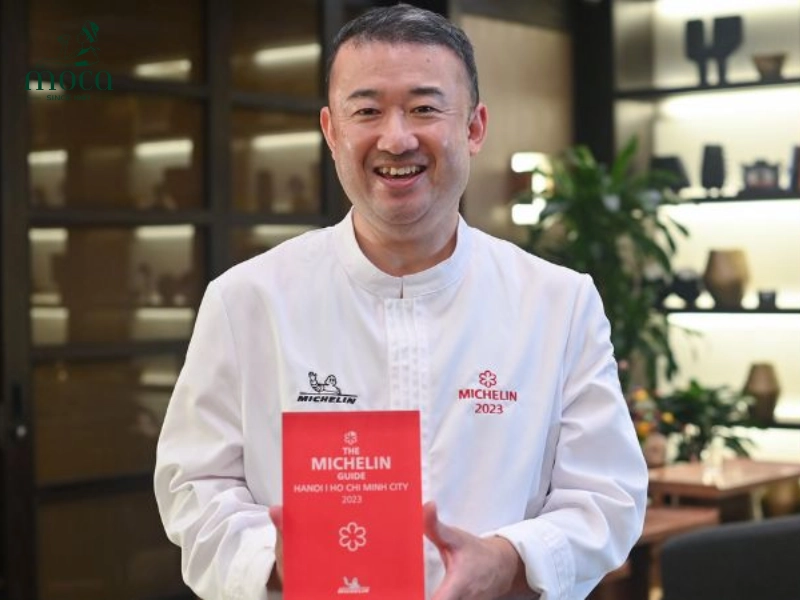
Chef Hiroshi Yamaguchi (Hibana by Koki)
- Chef Sam Tran (Gia): Chef Tran shares that achieving a Michelin Star required a relentless focus on maintaining authenticity while elevating traditional Vietnamese flavors. She often collaborates with local farmers to ensure that ingredients are fresh and sustainably sourced, which aligns with the Michelin Guide’s emphasis on quality.
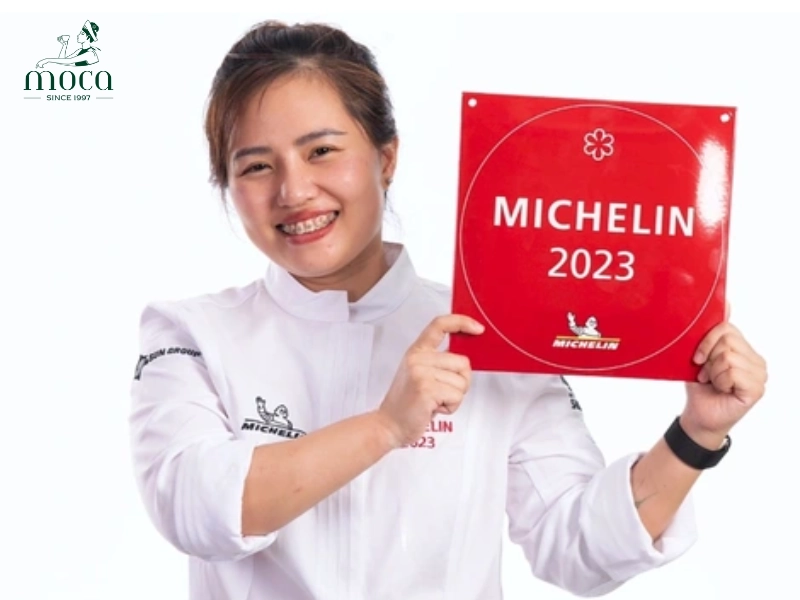
Chef Sam Tran (Gia)
- Chef Nguyen Anh (Gia): Chef Anh highlights the role of innovation and creativity in achieving a Michelin Star in Vietnam. By combining modern cooking techniques with traditional Vietnamese flavors, she creates dishes that are both nostalgic and groundbreaking. Her advice to aspiring chefs is to “never stop experimenting and stay true to your culinary vision.”
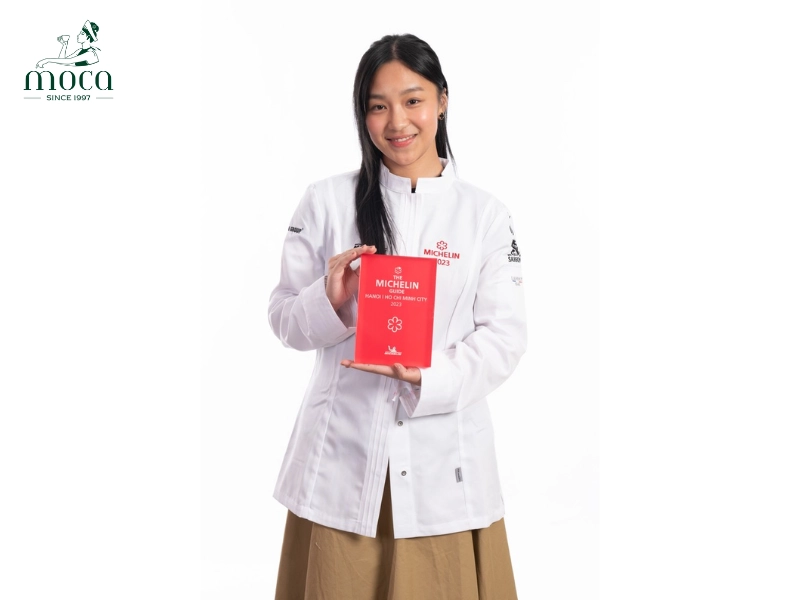
Chef Nguyen Anh (Gia)
5. Impact of michelin stars on Vietnam's tourism and culinary industries
The arrival of the Michelin Guide in Vietnam has not only elevated the country's culinary prestige but has also had a transformative impact on its tourism and hospitality sectors. Being featured in the Vietnam Michelin guide represents more than just recognition for a restaurant—it is a driving force for culinary tourism, attracting both local food enthusiasts and international travelers eager to experience the best that Vietnam has to offer.
The impact of the michelin guide on culinary tourism
The inclusion of Vietnamese restaurants in the Michelin Guide has significantly boosted the nation’s appeal as a global culinary destination. Travelers from around the world now seek out the Vietnam Michelin star restaurants for their unique and authentic dining experiences. This has led to a surge in culinary tourism, where food is a primary motivator for travel.
For example, cities like Hanoi and Ho Chi Minh City, home to many highly-rated establishments, have become hotspots for food tours. Visitors are not only exploring the famous street food culture but are also booking tables at Michelin Star restaurants in Vietnam, such as Hibana by Koki, Tam Vi, and Gia, to experience the finest Vietnamese and international cuisines.
Statistics and evidence of economic growth
The economic benefits of being featured in the Vietnam Michelin guide are profound. Studies have shown that restaurants earning a Michelin Star often experience a sharp increase in revenue. In Vietnam, anecdotal evidence suggests a similar trend. For instance:
- Restaurant revenue boosts: Restaurants like Tam Vi and Gia have reported a noticeable rise in bookings after being recognized by the Michelin Guide. Many establishments now require reservations weeks in advance, indicating heightened demand.
- Tourism growth: A report by the Vietnam National Administration of Tourism (VNAT) highlights that culinary tourism contributes to nearly 40% of tourist expenditure. With the Vietnam Michelin star restaurants gaining traction, this percentage is expected to grow further.
Additionally, the presence of Michelin Star in Vietnam has encouraged international media coverage, further promoting the country's culinary scene to a wider audience. This increased visibility not only benefits the featured restaurants but also uplifts smaller local establishments, creating a ripple effect across the industry.
Cultural and social impacts
Beyond the economic benefits, the Michelin Guide’s presence in Vietnam serves as a source of immense pride for the nation. It validates the hard work and creativity of Vietnamese chefs and restaurateurs and showcases Vietnam’s rich culinary heritage on the global stage.
Moreover, it encourages local chefs to innovate while preserving traditional flavors, bridging the gap between past and present.
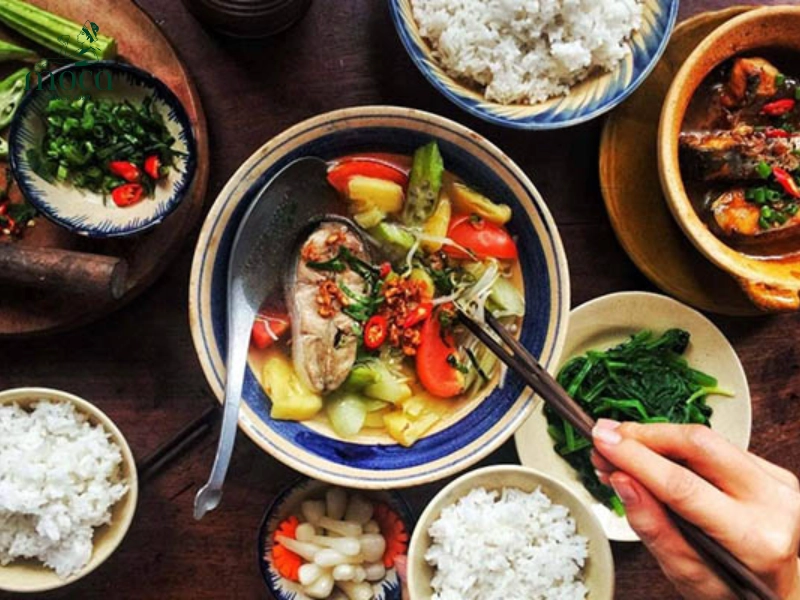
Impact of michelin stars on Vietnam's tourism and culinary industries
The arrival of the Michelin Guide in Vietnam has marked a monumental milestone for the nation's culinary scene, highlighting its rich heritage and extraordinary talent. This recognition not only elevates Vietnam's position on the global culinary map but also drives the growth of culinary tourism, attracting food enthusiasts from around the world. For those seeking an unforgettable dining experience, exploring the Vietnam Michelin Star restaurants is an invitation to savor the artistry and flavors that define Vietnamese cuisine at its best.
If you're looking for more reviews on Michelin restaurants, don't hesitate to check out Moca Dining for more insights!
For reservations and more information, simply visit Moca Dining’s official website or contact us directly. We're here to make your dining experience truly memorable.
Contact details
Moca Dining
16 Nha Tho, Hang Trong Ward, Hoan Kiem District, Hanoi
Tel: 0819961997 | 08.1997.2023
